Modern Peruvian Art
Paracas: La Noche by Fernando de Szyszlo (2011)
Fernando de Szyszlo's artwork, although abstract, reflects the pre-Colombian Peruvian culture. Many of his paintings contain abstract depictions of traditional ceremonial objects. Others, like this one, use shapes and colors that are reminiscent of traditional Peruvian culture. The large round circle in this painting reminds me of a vibrant sunset. De Szyszlo used extremely bright, warm colors like those that are found in other artwork from this region. I enjoy the red and purple colors in this painting. Lots of red can often feel alarming, but here it feels warm and comforting. My favorite thing about this painting is how balanced it feels. It is not sporadic and free-flowing like some abstract art. It is organized and carefully calculated. The small circles form three straight lines. A vertical line can be drawn through the middle of the large circle and the small orange shape below it. Another horizontal line is formed between the red sky and the square tile-like shapes at the bottom of the painting. These straight lines cause my eye to move across the painting in a methodical, linear way.
Yana Yacumama by Pablo Amaringo (2005)
Pablo Amaringo painted all of his art in this bright, whimsical, psychedelic style. His work depicts the native plants, animals, and landscapes of Peru. I enjoy looking at this painting because of the amount of detail in it. It seems like every inch of the painting is full of texture, eye-catching color, and curving shapes. There is a lot of movement in this painting. The birds seem to be flying away from the snake. The trees and leaves seem to be blowing in the wind. The lines of the snake's body and in the water surrounding it make it look like the snake is creating a whirlpool in the water. This painting is very symmetrical. The snake's extended head and the four birds directly above it form a vertical line dividing the painting in half. The left and right sides seem to mirror each other, but not so closely that the painting feels monotonous. The snake appears to be eating the birds. This creates an interesting contrast. Everything looks so bright and joyful, while still depicting a dark and fear-inducing scene. I believe that this painting is a celebration of Peruvian nature.
Cupisnique by Pablo Patrucco (2011)
While the first two paintings represent Peruvian culture through their vibrancy and style, this one reflects Peru through its content more than the colors and emotions it induces. Compared to the other two works, this one appears to be very dull, but I find it appealing. The vases in the painting are from an indigenous culture of Peru called Cupisnique. I find it interesting that these vases are placed on shelves. I think the artist might be making a statement about the changes and modernization that have occurred in his country over time. The painting has a sad, mournful tone. It is possible that the artist is lamenting the loss of native traditions and culture, represented by important pieces of the indigenous lifestyle being displayed on a shelf to be sold. I notice a lot of contrast in this painting. The hyper-realistic style draws attention to the contrast between light and shadows in this work. There is also contrast between the earthy, worn appearance of the vases and the bright blue shelving. Additionally, the shelves are straight, repetitive, and geometric. This contrasts with the unique, curving shapes of the vases.
“Cupisnique.” Wikipedia, 24 Nov. 2023, en.wikipedia.org/wiki/Cupisnique. Accessed 25 Apr. 2024.
“Pablo Amaringo, Yana Yacumama, 2005.” ACA Galleries, acagalleries.com/artists/pablo-amaringo-artworks/15259-pablo-amaringo-yana-yacumama-2005/. Accessed 25 Apr. 2024.
“Pablo Patrucco.” Tasneem Gallery, tasneemgallery.com/artist/pablo-patrucco/. Accessed 25 Apr. 2024.
“Paracas: La Noche, 2011 - Fernando de Szyszlo - WikiArt.org.” Www.wikiart.org, 7 May 2013, www.wikiart.org/en/fernando-de-szyszlo/paracas-la-noche-2011. Accessed 25 Apr. 2024.
“Szyszlo, Fernando de (1925–) | Encyclopedia.com.” Www.encyclopedia.com, 2019, www.encyclopedia.com/humanities/encyclopedias-almanacs-transcripts-and-maps/szyszlo-fernando-de-1925. Accessed 25 Apr. 2024.
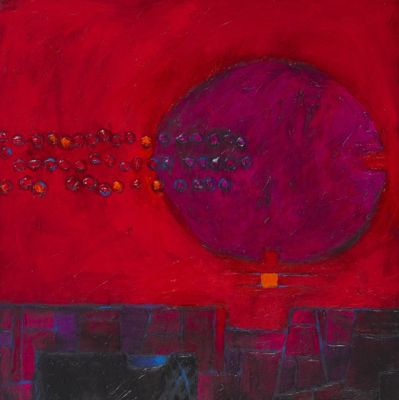

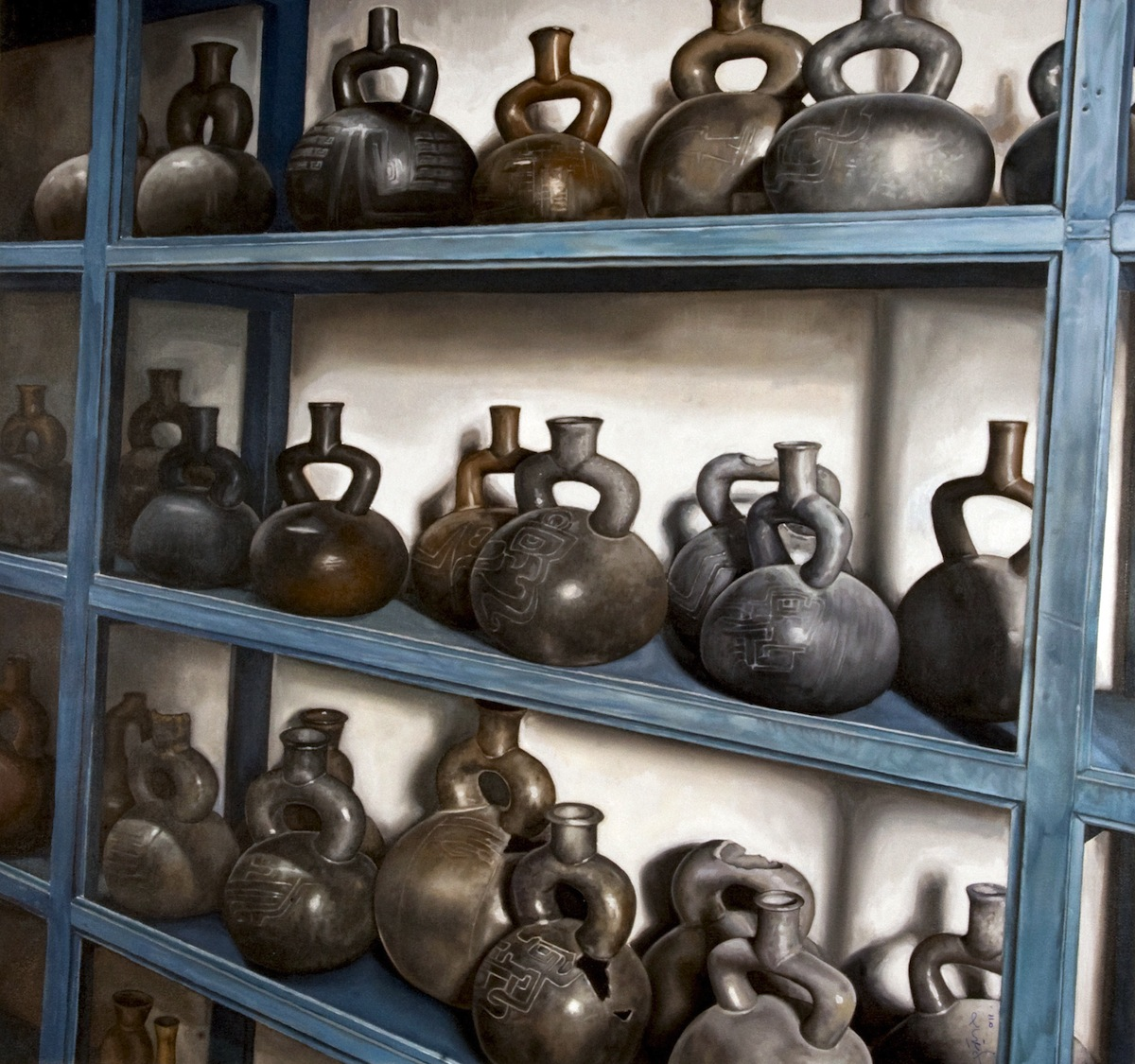
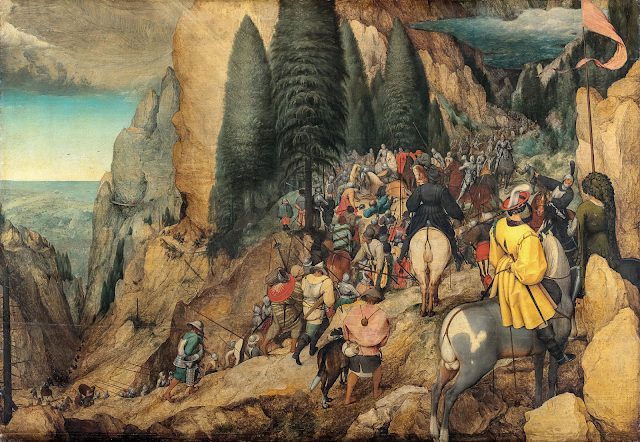
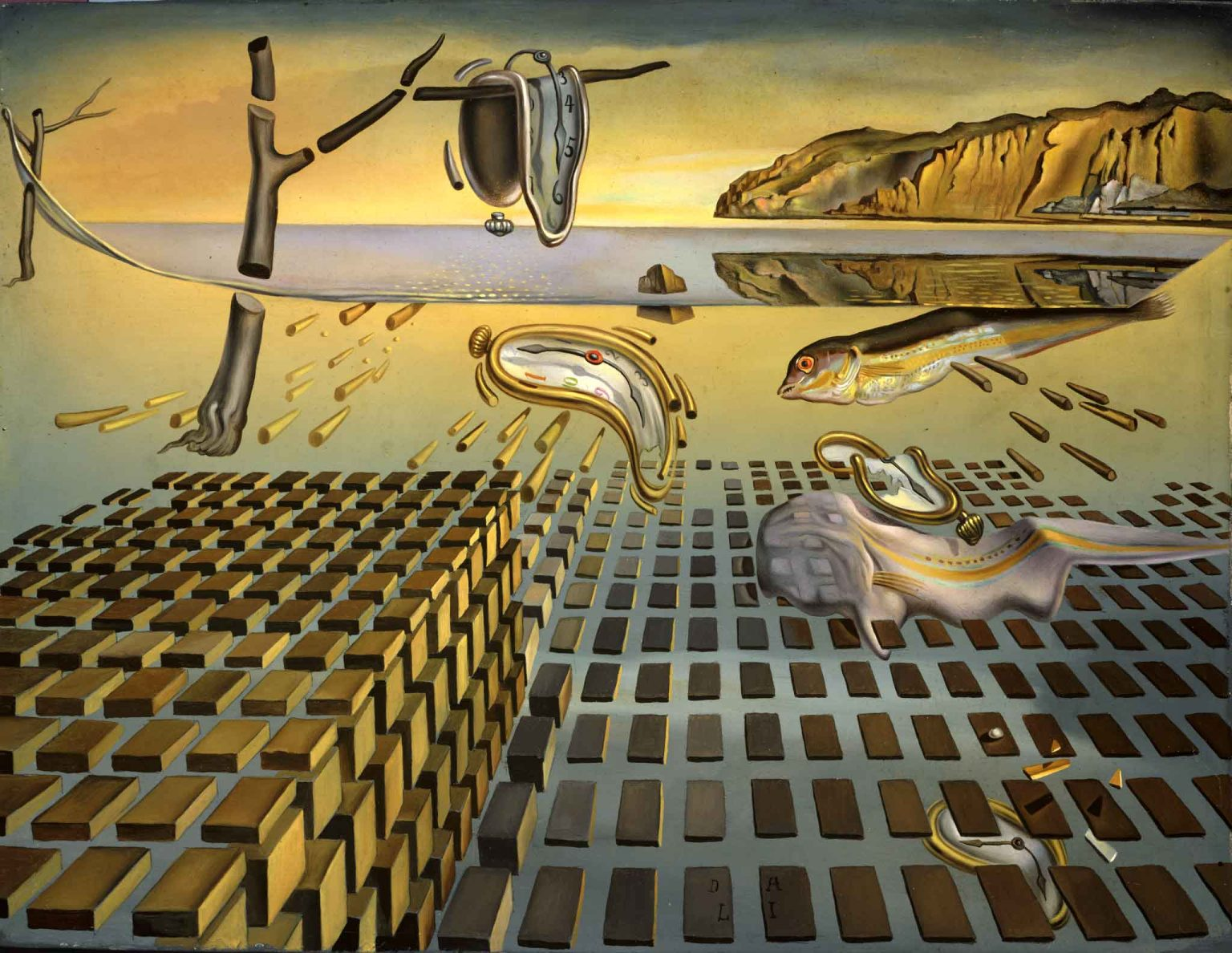
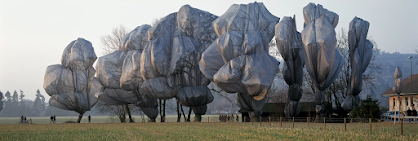
These paintings are really great finds. Pablo Patrucco’s painting, “Cupisnique” really does look like a shelf of pottery. I found it interesting he adopted the American Hyperrealism style from the 70´s. With the suggestion to read between the lines. Patrucco captures the reality of the vases on the shelf, but then I noticed the angle of the painting. It looks like it’s leaning off the canvas. Then I noticed a crack in one of the vases and the vases start to fade into the shadow as you look to the left from the cracked vase as I deciphered it this bold move was the abandonment of history. Your other two choices gave a great example of the warm and bright colors from Peru. I enjoyed the contrast of the red and purple with hints of orange in “Paracas: La Noche” by Fernando de Szyszlo. The lines of bubbles behind the purple circle remind me of molecules. There are even hints of orange from the reflections coming from the orange square. “Yana Yacumama” by Pablo Amaringo is beautiful. I love the contrast of white on blue and the yellows and greens of nature. The whirlwind around the black snake gives me the fight-or-flight survival feeling. It’s a beautiful day but watch out for hidden snakes. I can almost hear the eerie shark music in the background.
ReplyDelete